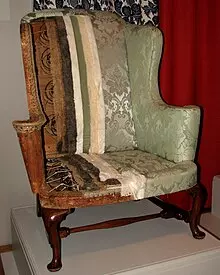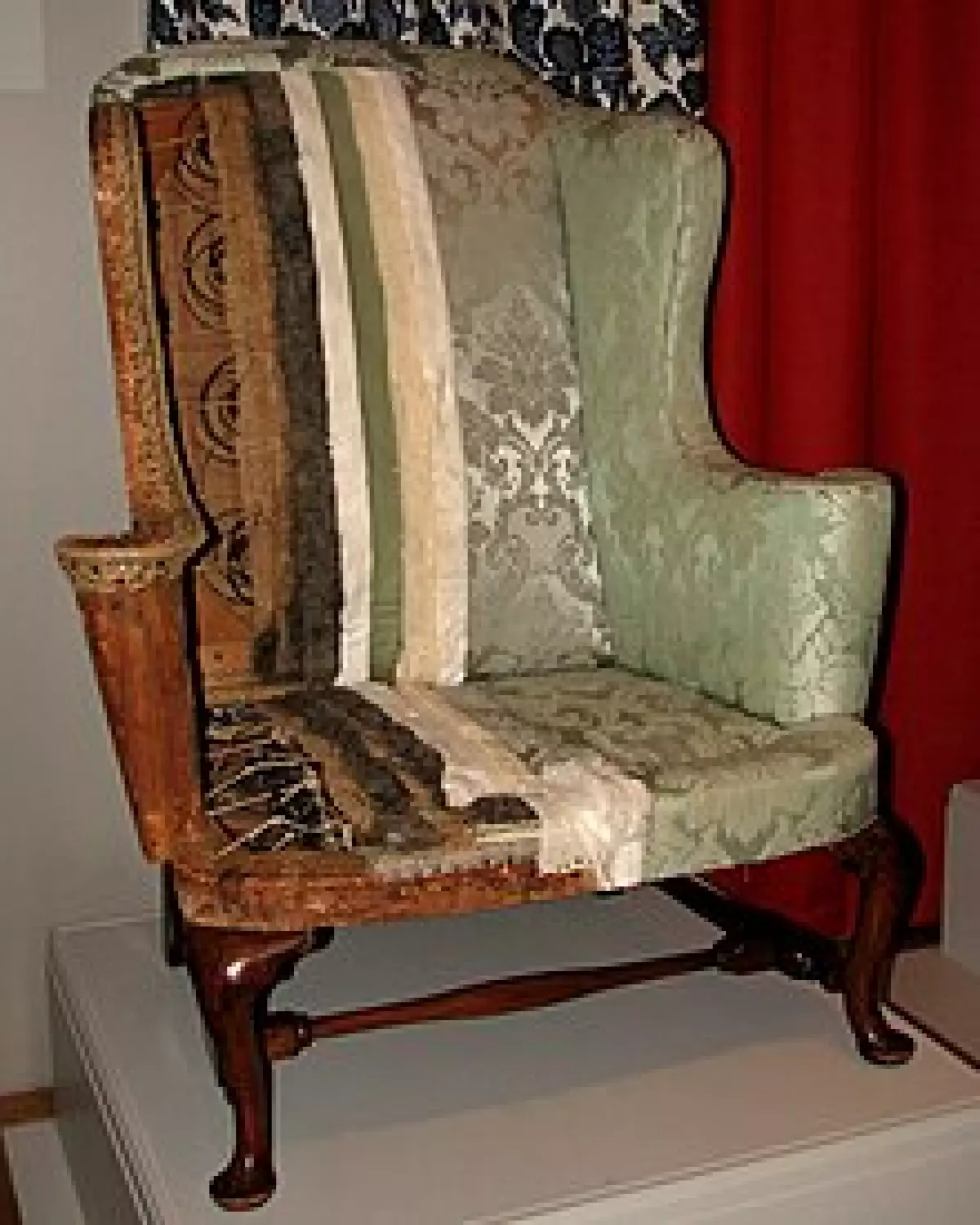Upholstery is not just about providing padding and fabric covers to furniture; it's an art form that breathes new life and personality into your favorite pieces. From cozy armchairs to luxurious sofas, the skillful craft of upholstery adds a touch of elegance and comfort to any space. So, let's dive into the fascinating history, different types, and modern advancements in the world of upholstery.
The Journey of Upholstery: From Artisans to Craftspeople
Upholstery has its roots in the Middle Ages when artisan upholsterers, or "upholders," played a crucial role in interior decoration. These skilled craftsmen were members of the Worshipful Company of Upholders, responsible for upholstering and providing textiles for various purposes, including funerals. However, it was during the Renaissance period that upholstery truly flourished as an art form.
Fast forward to the 18th century, and upholstery became synonymous with sophisticated elegance. Traditional upholstery techniques evolved, employing materials like horsehair, straw, coir, and linen scrims. Craftsmen meticulously built each layer by hand, ensuring comfort and durability. From intricate design details to expertly executed upholstery, this era marked a golden age for the craft.
In the Victorian era, the demand for opulent and comfortable furniture led to excesses in stuffing and padding. Mass production techniques made upholstered furniture more accessible to the masses, and elaborate designs, such as rolled edges and padded shapes, became popular. Despite the changing times, traditional upholstery's charm and allure remained unmatched.
 Armchair, designed in 1869 by George Jacob Hunzinger and patented on March 30, 1869. Wood, original upholstery. Brooklyn Museum
Armchair, designed in 1869 by George Jacob Hunzinger and patented on March 30, 1869. Wood, original upholstery. Brooklyn Museum
Traditional Upholstery: A Labor of Craftsmanship
Traditional upholstery relies on manual craftsmanship and attention to detail. Skilled upholsterers, also known as "upholsterists," possess a unique set of skills that bring raw materials to life. Using a solid wood or webbed platform, they meticulously build each layer, incorporating springs, lashings, natural fillings, and fabric covers. The result is a harmonious blend of form, function, and beauty.
 An upholstered chair ready to be covered with the decorative outer textile.
An upholstered chair ready to be covered with the decorative outer textile.
Traditional upholstery techniques have evolved over centuries, adapting to changing trends and customer preferences. From simple wooden benches in the Middle Ages to the elegant and comfortable designs of the 18th century, traditional upholstery continues to be a niche craft appreciated by those who seek timeless beauty and unmatched comfort in their furniture.
Embracing Modern Upholstery Techniques
While traditional upholstery remains an invaluable craft, modern advancements have introduced new materials and techniques that offer additional benefits. Furniture made with cellular polyurethane foam provides structural support, resilience, and lightweight features. This foam is then covered with an outer decorative textile, creating a sleek and contemporary look.
 Leather-upholstered car seats
Leather-upholstered car seats
Additionally, modern upholstery has adapted to the changing needs of consumers. With the rise of technology and recreational activities like television watching, furniture has become more flexible and adaptable. Modern upholstery allows for more regular changes, considering factors such as design preferences, mobility, and usage patterns.
Exploring Different Types of Upholstery
Upholstery extends beyond residential furniture and encompasses various domains. Let's take a quick look at some of the different types:
Automobile Upholstery
Automotive upholsterers, also known as trimmers, possess the skills required not only to work with upholstery but also to handle carpeting. From producing soft furnishings and carpets for car frames to working in design or aftermarket trim shops, automotive upholsterers play a vital role in the automotive industry.
Commercial Upholstery
Commercial upholstery caters to businesses, providing seating solutions such as booth seats, dining chairs, bar stools, and more. It also includes upholstery work for churches, hospitals, waiting areas, and other public spaces. Upholstered walls are another feature commonly found in retail premises.
Marine Upholstery
Marine upholstery presents unique challenges due to its exposure to dampness, sunlight, and the harsh marine environment. Upholsterers specializing in marine upholstery repair and replace seating, cushions, cabin furnishings, headliners, and carpets on boats. They use specialized marine-grade materials that are resistant to mold and designed to withstand the conditions at sea.
The Future of Upholstery: Where Comfort and Style Meet
The world of upholstery is constantly evolving, driven by the desire for enhanced comfort and style. From the traditional artistry of skilled craftsmen to modern advancements in materials and technology, this craft continues to captivate and inspire. Whether it's transforming a beloved antique or designing a custom piece, upholstery is the key to creating furniture that reflects your personal style and provides a cozy oasis in your home.
So, the next time you relax on a beautifully upholstered chair or sink into the plush comfort of a sofa, take a moment to appreciate the art and craft of upholstery that makes it all possible.
Images courtesy of Sanaulac.vn Caption: A New England easy chair with its upholstery sectioned









